To begin the hand embroidery, you need only a few things, six of them actually-some of which you might already have. Most of these things can be easily purchased from a hobby shop in most places. Tools like the hoop, needles, scissors can be reused and would run for years, making hand embroidery one of the most pocket-friendly and sustainable hobbies.
 |
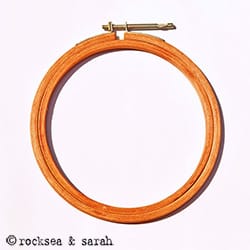 |
| Fabric: The fabric forms the base for your embroidery. There are different kinds of fabric that can be used ranging from silk to cotton to jute. Some fabric are tightly woven and some, like the aida, shows the warp and weft clearly, making it ideal for counted thread embroidery like Cross Stitching. Your thread selection will depend on the fabric. While thicker fabric can accommodate thicker threads, a light fabric always does better with thinner threads. For a beginner, I would suggest using cotton fabric. Make sure that the fabric is washed (in case it has a tendency to shrink) and ironed before you start. The picture shows a cotton fabric washed and ironed. | Embroidery Hoop: This tool can save a lot of frustration when you stitch. It keeps the fabric taught, making sure that the stitch sits perfectly on the fabric without being too tight or loose. I highly recommend this tool for a beginner or otherwise. A medium-sized hoop or a size 6 hoop would be ideal. Invest in a good quality one. The picture shows a wooden, medium-sized hoop. |
 |
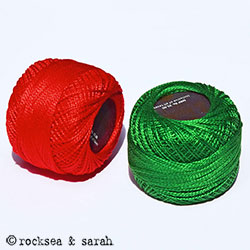 |
| Embroidery floss: They come in different lengths, and the thread is made of six strands that can be separated. That is why it is also called the Stranded Cotton Thread. You can regulate the thickness of the thread, depending on the fabric and embroidery, by just pulling out the number of strands you want. To work on a piece of regular cotton fabric, I recommend 3 strands. The two black paper rings on either side mention the brand, the total length of the thread, and the color code of the thread. This color code helps you to choose the exact color the next time when you run out of thread or to communicate the colors to anyone else. Now, remember, each brand has its own color code. |
Perle Cotton: They are also known as Pearl Cotton and come in round, ball yarns as shown. Unlike the cotton floss, these threads are not made of strands that can be separated and you would use it as is to stitch. Pearl cotton adds good texture and is especially great to make stitches that define lines or outlines. These threads come in various sizes, which is how you decide on what thickness to use. Usually, #3, #5, #8, and #12 are used for embroidery work, with #3 being thickest and #12 being the finest. I would suggest a #8 of Pearl cotton which would be as thick as a 3 strand of stranded cotton floss. |
 |
 |
| Pencil: A 6B pencil works great to draw directly over the fabric. with time, you can get yourself other fabric-friendly drawing tools, but a pencil is good to start with. | Scissors: A pair of scissors to cut the thread is essential! A small one would perfectly do. The one you see in the picture is a pair designed specifically for cutting threads with just a small snip. Keep a pair of fabric scissors to cut your fabric with. |
 |
|
| Fig 5: There are different kinds of needles that are used for different purposes. Don’t worry if you do not have a whole set of these sharp tools because as a beginner, you will only need a medium-sized embroidery needle. This needle is the same as the sharps used in regular sewing, except it has a longer eye to accommodate more embroidery threads. |
Basic materials you need for hand embroidery – watch the video
Visit and Subscribe to Sarah’s YouTube Channel
Learn more about Hand Embroidery along with 306 stitches from our 600-page eBook!
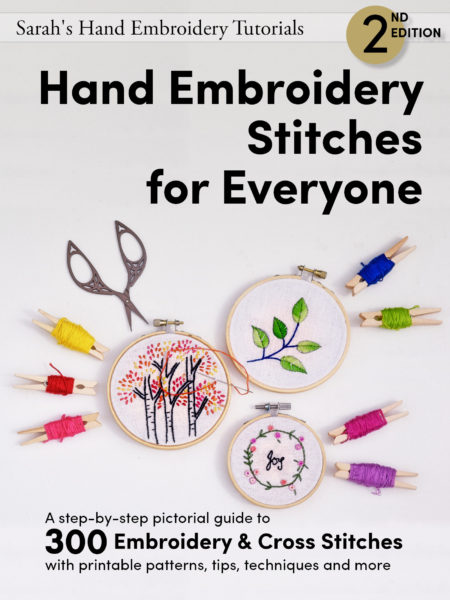
 Sarah has been researching and sharing hand embroidery lessons for over 17 years, making it accessible to everyone around the globe.
Sarah has been researching and sharing hand embroidery lessons for over 17 years, making it accessible to everyone around the globe.

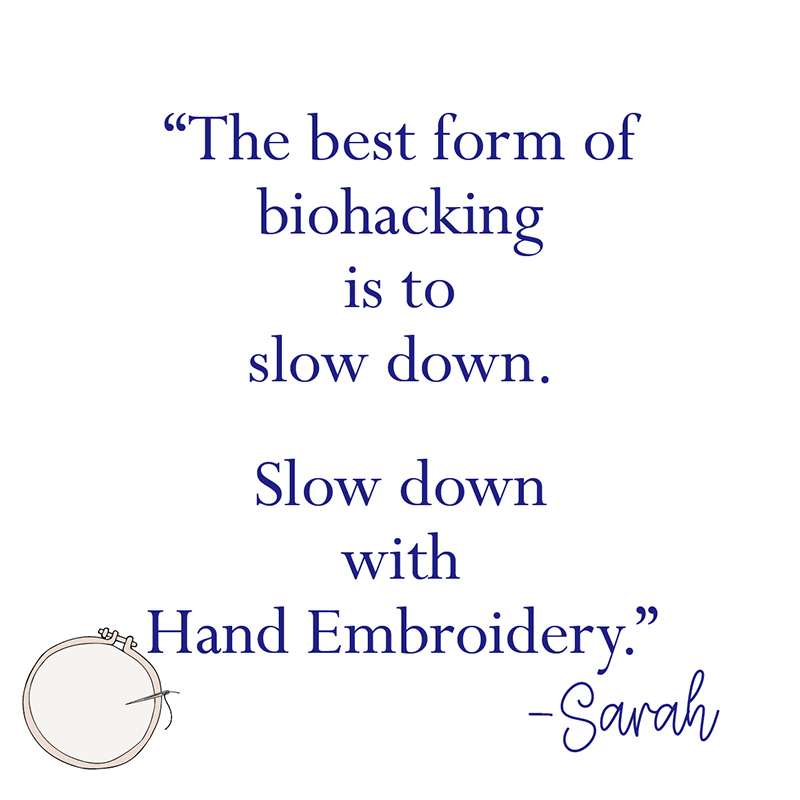

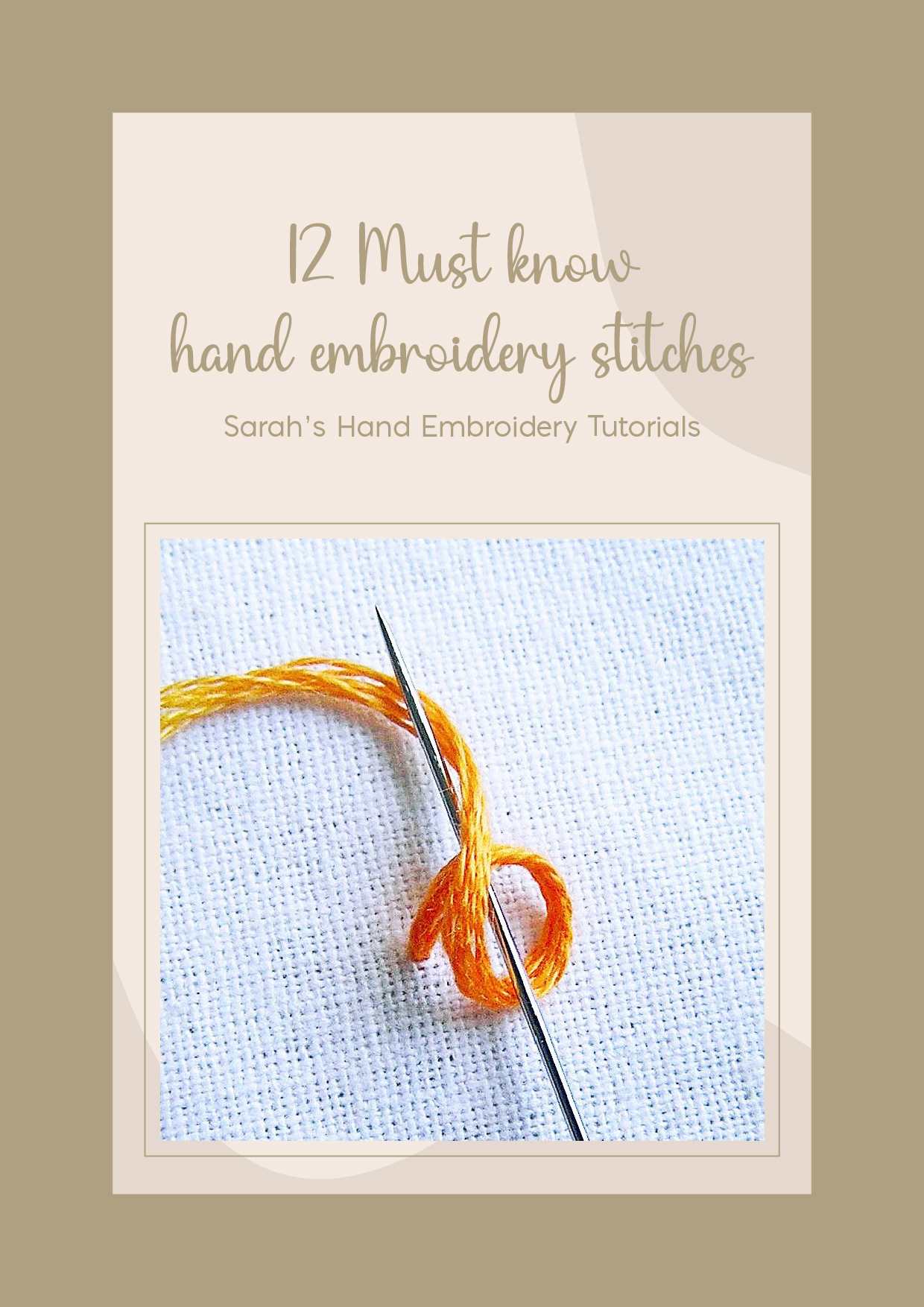

I haven’t embroidered in about 30 years. Suddenly (suddenly ?!) I can’t stitch at all! I’ve been looking for a site that’s a good “how to”. I finally found it with your site!!! The photos are so helpful. Thanks very much!
Thanks Chris for dropping by. So happy that you like our tutorials. 🩷
Not separate. They fray as I pull the short end of the thread through the needle.
Cathy
Try a bigger sized needle ( bigger eye)
I am using 3 strands to embroider, but my strands keep fraying when I pull them through my needle. I don’t understand why. Can you help me?
Hi Cathy,
Do you mean they stay separated after you thread the needle? If so, it is common. One way to keep the stands together and conditioned is to pull the thread thru beeswax or a thread conditioner. I hope this suggestion helps.
I love the way you explain
Thank you ❤️. I am happy that you liked our page.